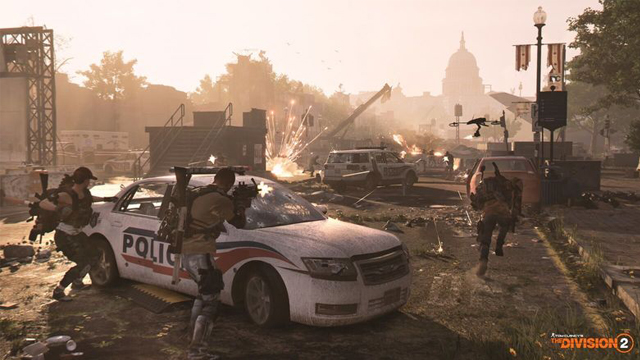Ubisoft’s new tactical third-person shooter, The Division 2, will be available to play on PC, PS4, and Xbox One later this week. The Division 2 will see players navigating Washington D.C. in a civil war conflict that has arisen among the survivors of the smallpox pandemic, set seven months after the events of the original game. Of course, many people are wondering what The Division 2 age rating is, with themes of conflict and civil war assessed in The Division 2 ESRB rating. Read on to find out more about the game’s content, and help decide is it safe for children?
The Division 2 Age Rating | Is it safe for children?
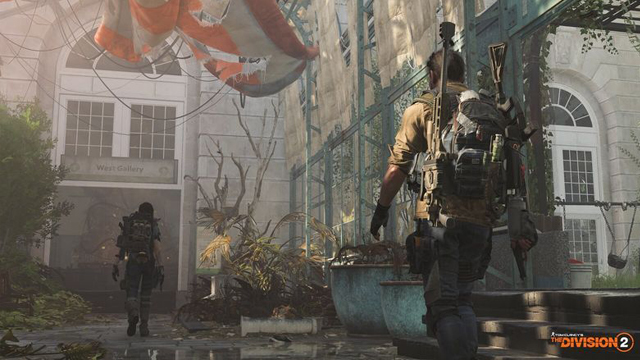
With an ESRB Mature rating, you would understandably question whether your children should play The Division 2. The ESRB’s rating specifies that the game includes “Blood, Drug Reference, Intense Violence, Strong Language” in gameplay and story events, in addition to in-game microtransactions. The full ESRB summary is listed below, which explains that players are expected to use weapons against enemies to progress in the story. As such, graphic scenes of violence are common in The Division 2, as well as multiple references to drug use in the game environment and story.
Based on this information, you may decide that The Division 2 isn’t suitable for your children, but there are still plenty of alternative games that may be more child-friendly. Two other options can be found in the third-person shooter Destiny 2, and more recently Anthem, which both share the same co-op story elements as The Division 2. Both of these third-person shooters have the same facility for multiple players to progress through the story together, but are attributed with a more amenable ESRB Teen rating and PEGI 16 rating. In short, this means that the violent elements of both games are less graphic in nature.
In their assessment of The Division 2, the ESRB summarised:
This is a tactical third-person shooter in which players assume the role of an elite government agent battling hostile factions in a fictionalized Washington D.C. Players use machine guns, sniper rifles, and explosives to kill waves of enemy soldiers/thugs in frenetic combat. Firefights are highlighted by realistic gunfire, cries of pain, and blood-splatter effects. Cutscenes depict instances of intense violence: characters shot in the head at close range; a restrained character struck repeatedly with a hammer (mostly off screen). A fictional drug called Spice is prevalent in the game, as well as other drug references: bags of Spice, drug labs, drug-making paraphernalia depicted; the words “Drug Kitchen” written on some walls. The words “f**k,” “sh*t,” and “a*shole” appear in the dialogue.
Tom Clancy Franchise Tour
-
The Division 2 and the best and worst Tom Clancy franchises

Due to a set of circumstances only possible in our industry, the Tom Clancy name has been all over gaming. It's the first name in tactical shooters and one of Ubisoft's most valuable franchises. However, it's not all sunshine and roses. Here is the history of The Clance in video game form. -
The Hunt for Red October
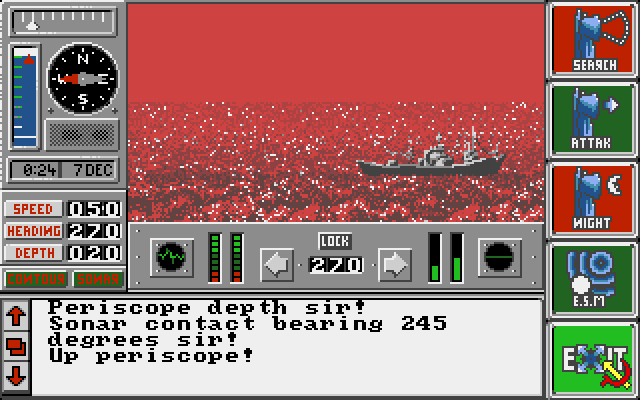
In the late '80s, one of the prominent genres on home PCs were tense strategy games. Since graphics hadn't evolved as of yet, games, where you played in the theater of the mind, dominated the landscape. What better subject than the tense thrillers of Tom Clancy for these types of experiences? -
The Sum of All Fears
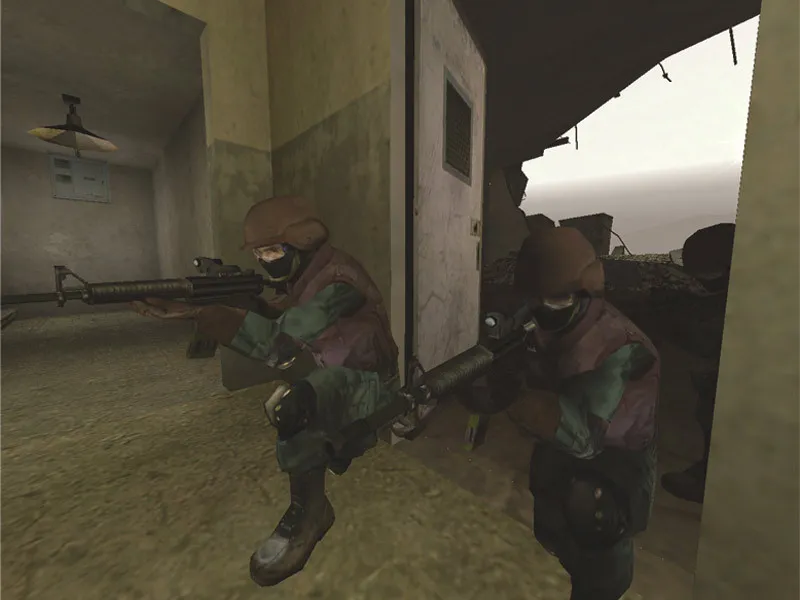
In 1996, Tom Clancy co-founded Red Storm Entertainment after seeing these early successes. Ubisoft subsequently purchased the studio in 2000 after establishing a working relationship with them. Ubisoft then purchased the Tom Clancy name outright for use in video games in 2006. By then, games tying into Clancy's movie successes just weren't enough. -
Rainbow Six

Originally based on one of Clancy's novels, the Rainbow Six series encompasses 17 distinct releases across multiple platforms. Each game features tactical first-person shooting and aspires to be a military simulation. This style peaked with a pair of Vegas titles released on Xbox 360. -
Rainbow Six Siege
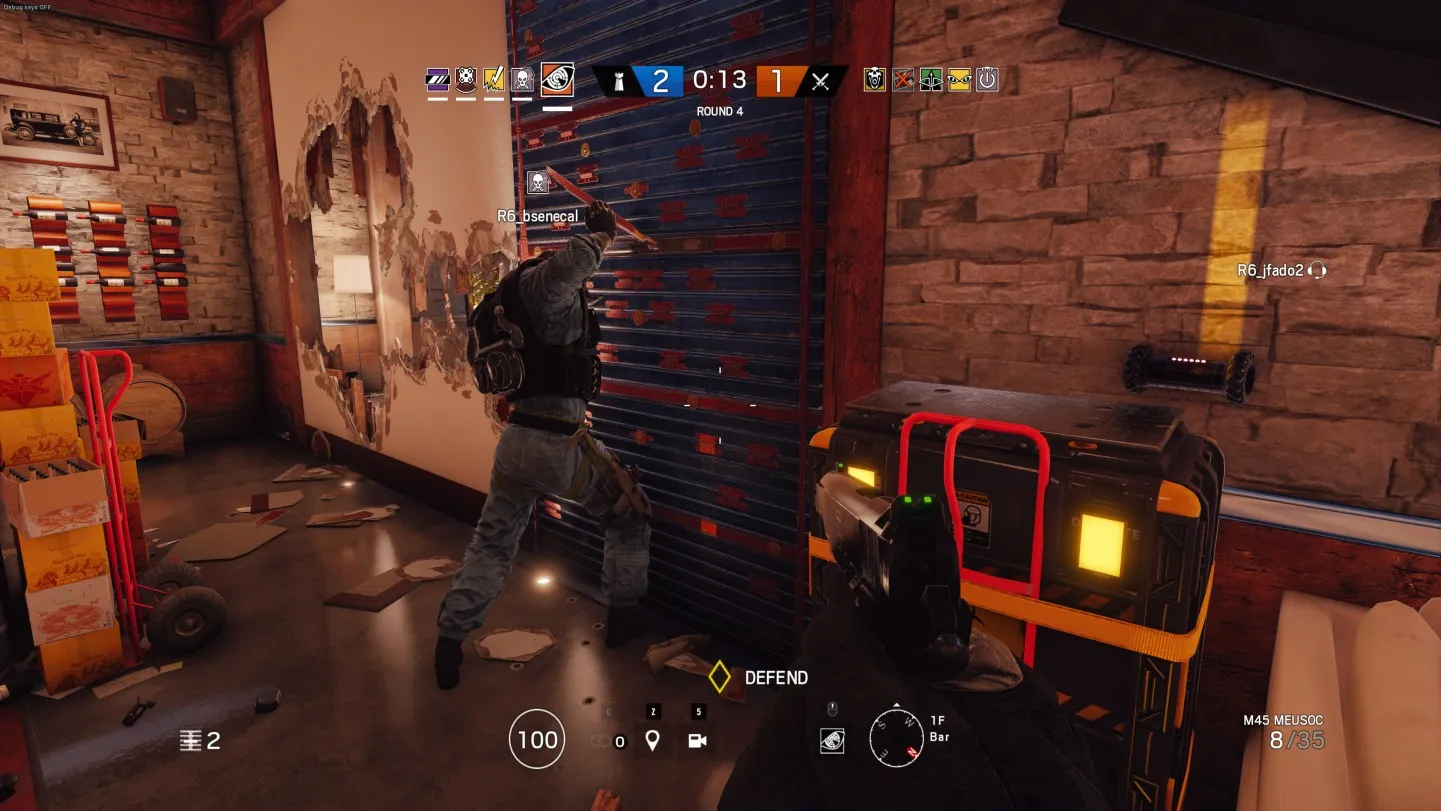
After spending several years developing a follow-up to Vegas entittled Patriots, Ubisoft went a different way. Rainbow Six Siege is a multiplayer-focused endeavor with Overwatch-style heroes as its operatives. Although it started off on the wrong foot, constant improvements have made it one of the most popular shooters going. -
Ghost Recon
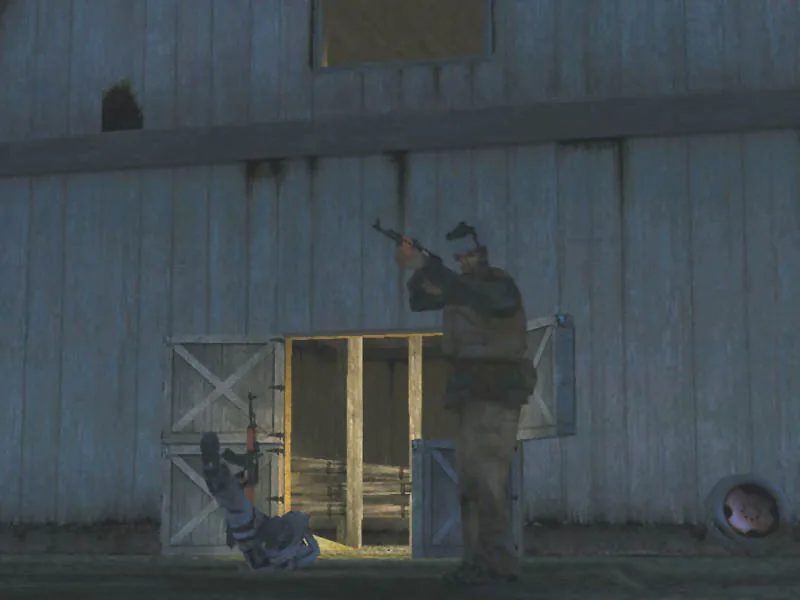
The second set of Clancy tactical shooters, Ghost Recon differentiates itself with its third-person gameplay and its large outdoor environments. There have been fourteen Ghost Recon releases, ranging from the modern day to the near future. Most recently, Ghost Recon took a turn into the open world with Wildlands. -
Ghost Recon Advanced Warfighter

A subsection of Ghost Recon, "GRAW" was one of the standout games around the Xbox 360 launch. Combining the tactics the series is known for with then-futuristic technology made for a great combination. Ubisoft would revisit the idea with a direct sequel and Future Soldier in 2012. -
Splinter Cell
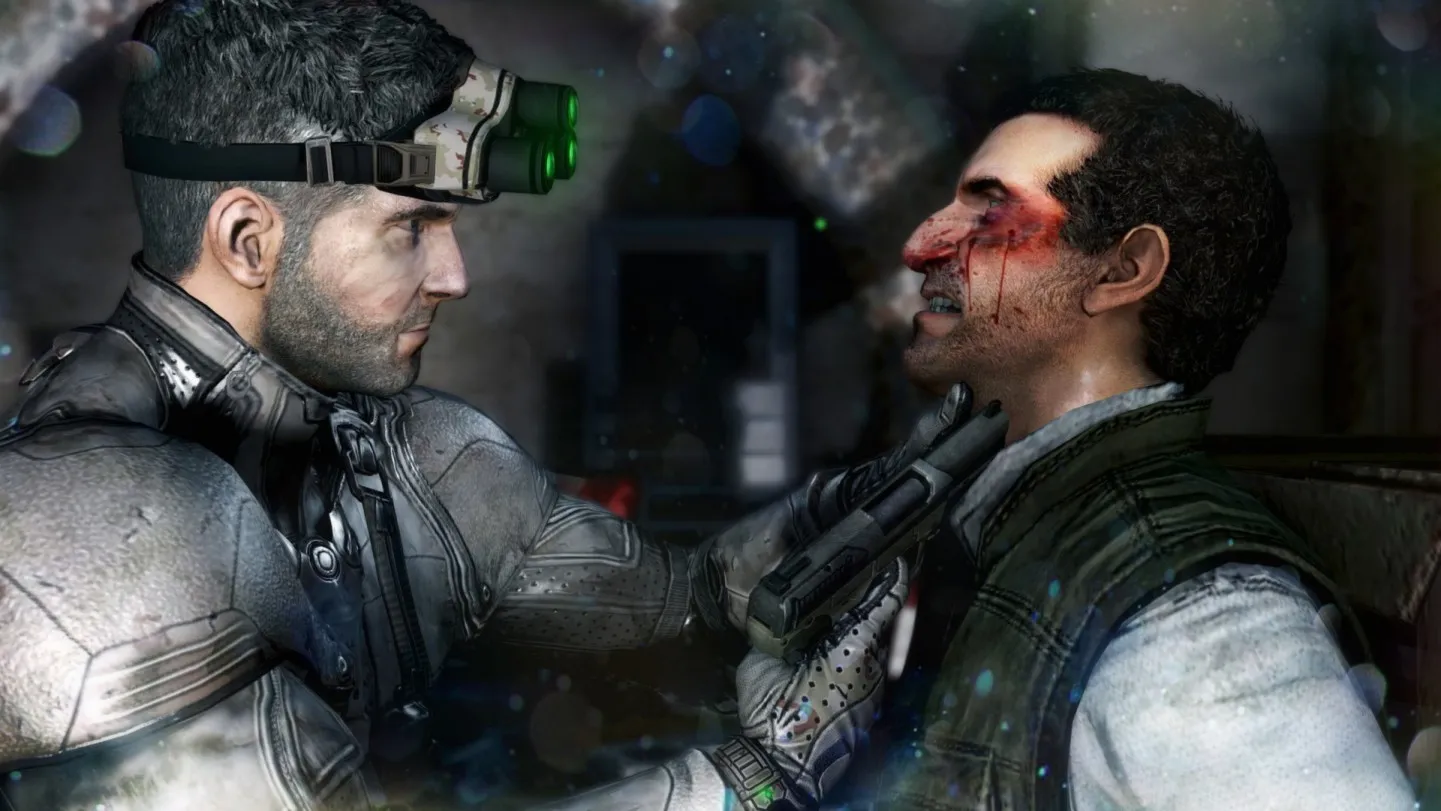
Splinter Cell's Sam Fisher might have been in the running as an Xbox mascot back in the good old days. A stealth action series to rival Metal Gear, Sam's adventures are classics, particularly the original trilogy. The latest in the series was Blacklist in 2013, although there have been hints that Sam might drop in again any day now. -
EndWar
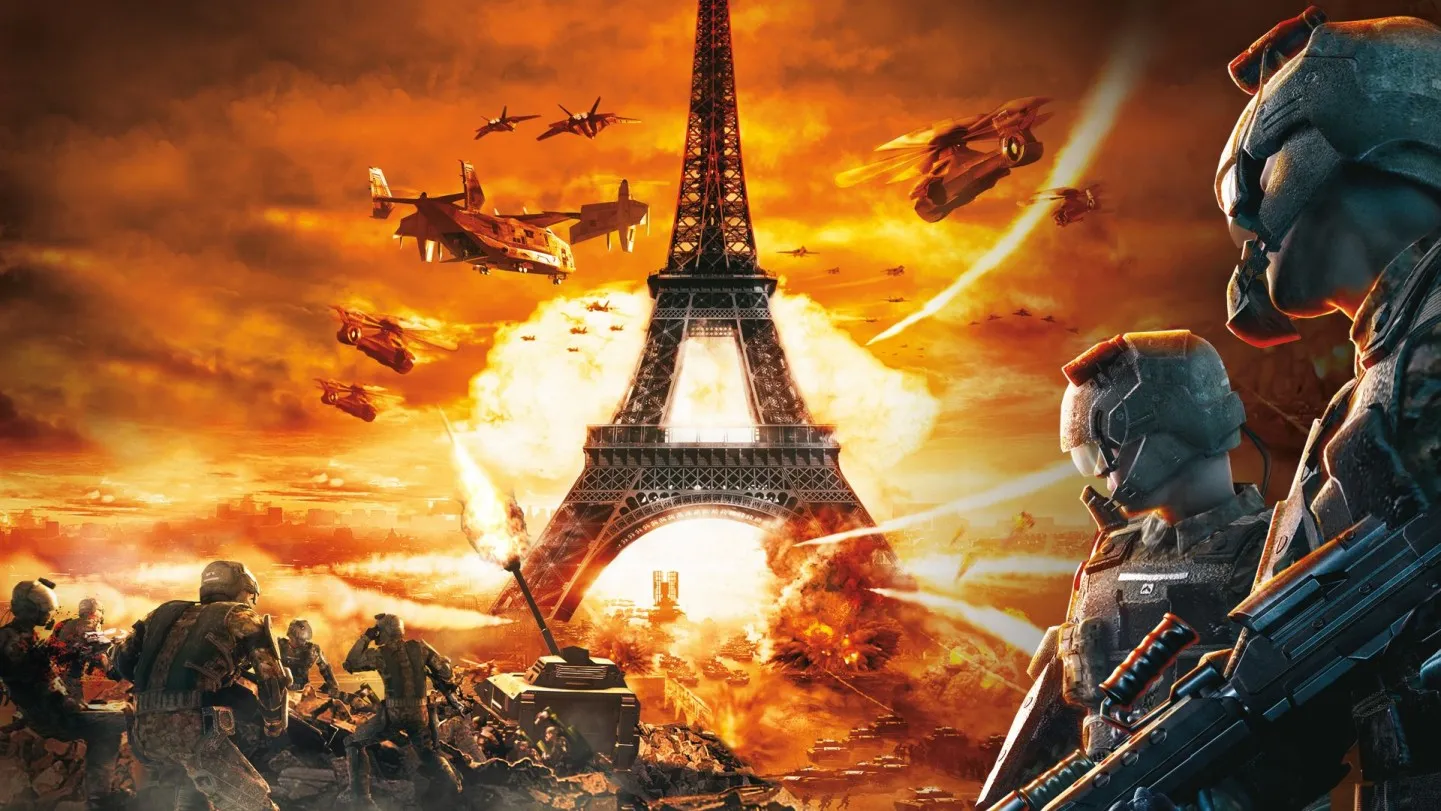
Taking Tom Clancy back to full on tactics, 2008's EndWar promoted itself on its voice-operated commands. You could control the entire game with a headset, although some reviewers found that to be difficult to achieve. A sequel started development but never saw the light of day. There was a free-to-play follow-up planned but it was canceled. -
H.A.W.X.
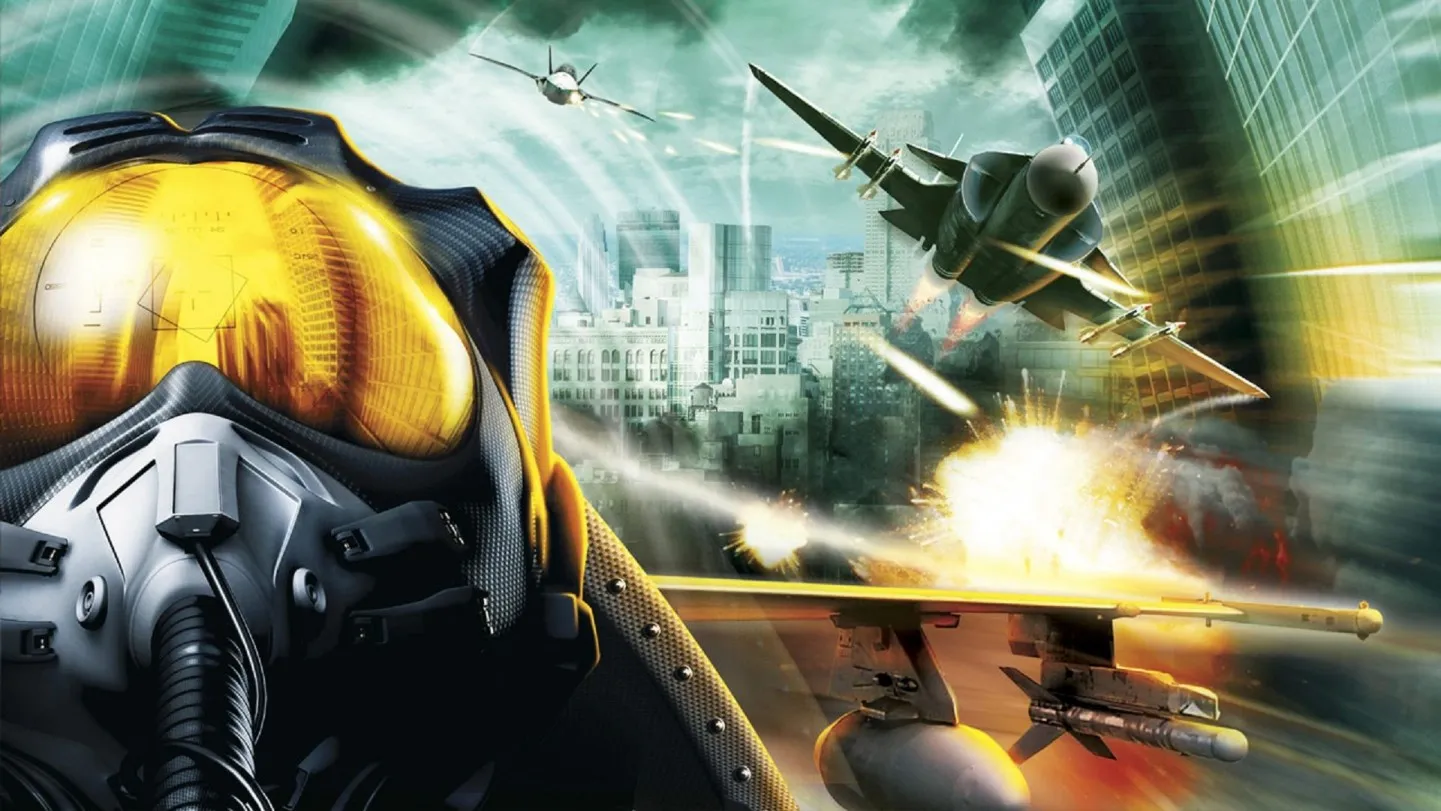
An arcade flying game taking place in the timeline of Advanced Warfighter, H.A.W.X. is a weird fit in the Tom Clancy timeline. Two games were released in 2009 and 2010, both receiving mixed to positive reviews. A seeming stopgap in the industry while Ace Combat slumbered, this is one name we probably won't be seeing again. -
The Division
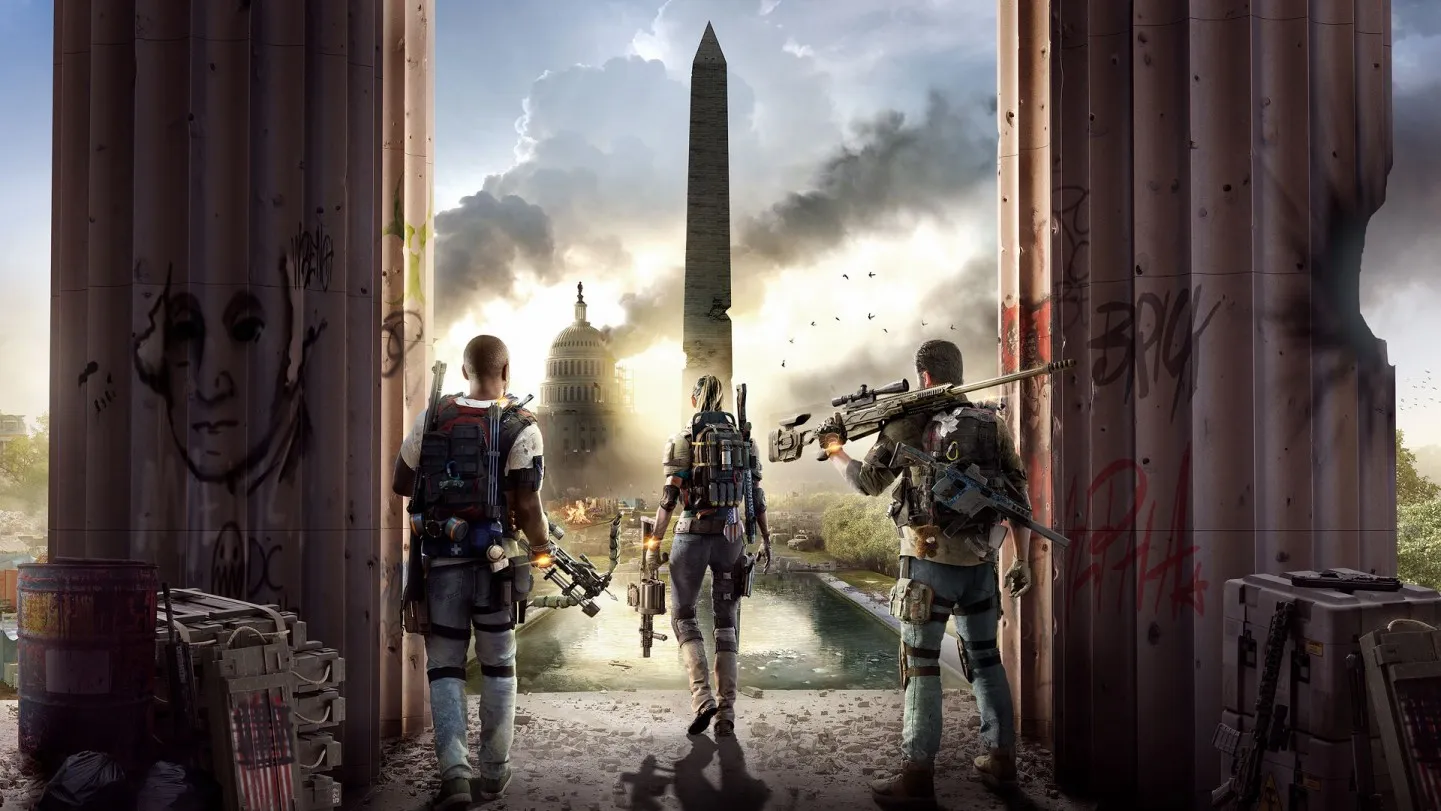
The latest Tom Clancy joint, The Division takes the gameplay structure of Destiny and brings it down to Earth. Literally. This loot shooter doesn't quite have the tactical gameplay of past titles bearing Mr. Clancy's name, but it does have the squad controls and the storyline that attempts to match his most engaging works of fiction. Well, it doesn't have great storytelling techniques but at least it has the look and feel of a Clancy game.
